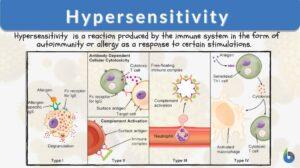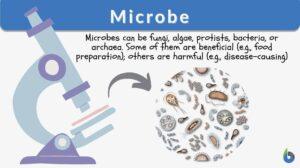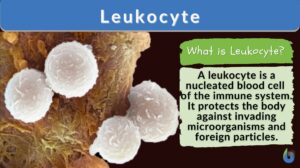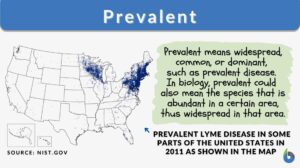Search Results for: tuberculosis
Arrested tuberculosis
Arrested tuberculosis --> healed tuberculosis a scar or a calcified, fibrous, or caseous nodule in the lung pleura, lymph... Read More
Aerobic bacteria
Aerobic Bacteria Definition What does aerobic mean in biology? As the name suggests, 'aerobe' in biology means organisms... Read More
Obligate aerobe
Before we define obligate aerobes, let us first understand and define aerobic organisms. Aerobic organisms are those that... Read More
Hypersensitivity
Hypersensitivity Definition Hypersensitivity is the exaggerated immune response to protect the human from foreign bodies... Read More
Phagocytosis
Phagocytosis Definition Phagocytosis is a basic physiological cellular process wherein a cell ingests a solid particle... Read More
Leukocytosis
What Is Leukocytosis? Leukocytosis is a condition wherein the number of White Blood Cells (WBCs) is increased above the... Read More
Facultative anaerobe
Facultative Anaerobe Definition What does facultative anaerobe mean? Facultative organisms are the most adaptable... Read More
Chemotroph
Chemotroph Definition A chemotroph refers to an organism that obtains energy mainly from carbon dioxide and from... Read More
Koch postulate
Definition noun The four principles intended to ascertain the underlying relationships between a microbe and a... Read More
Moraxella bovis
Definition Noun A gram-negative non-motile coccobacillus and highly opportunistic aerobic bacterium involved in Bovine... Read More
Anthroponosis
Definition noun, plural: anthroponoses An infectious disease that can be transmitted from a human host to an animal... Read More
Basilar meningitis
Basilar meningitis meningitis at the base of the brain, due usually to tuberculosis, syphilis, or any low-grade chronic... Read More
Melanoderma
melanoderma 1. An abnormal darkening of the skin by deposition of excess melanin. 2. Hyperpigmentation of the skin by... Read More
Inoculation
Inoculation Definition In Immunology, inoculation is defined as the process of introducing an antigenic substance or... Read More
Peritonitis
Definition noun, plural: peritonites (pathology) The inflammation of the peritoneum Supplement Peritonitis pertains to the... Read More
Incubation period
Incubation Period Definition The incubation period is the time duration between exposure to the pathogen and the appearance... Read More
Opportunistic pathogen
Opportunistic Pathogen Definition How do we define opportunistic pathogen? The opportunistic pathogen is an infectious... Read More
Desiccation
Desiccation definition Desiccation refers to the state, the act, or the process of removing or extracting water content... Read More
Vascular Plants: Ferns and Relatives
These plants are seedless plants, but unlike the bryophytes, they do have vascular tissue (xylem and phloem). Because of the... Read More



















